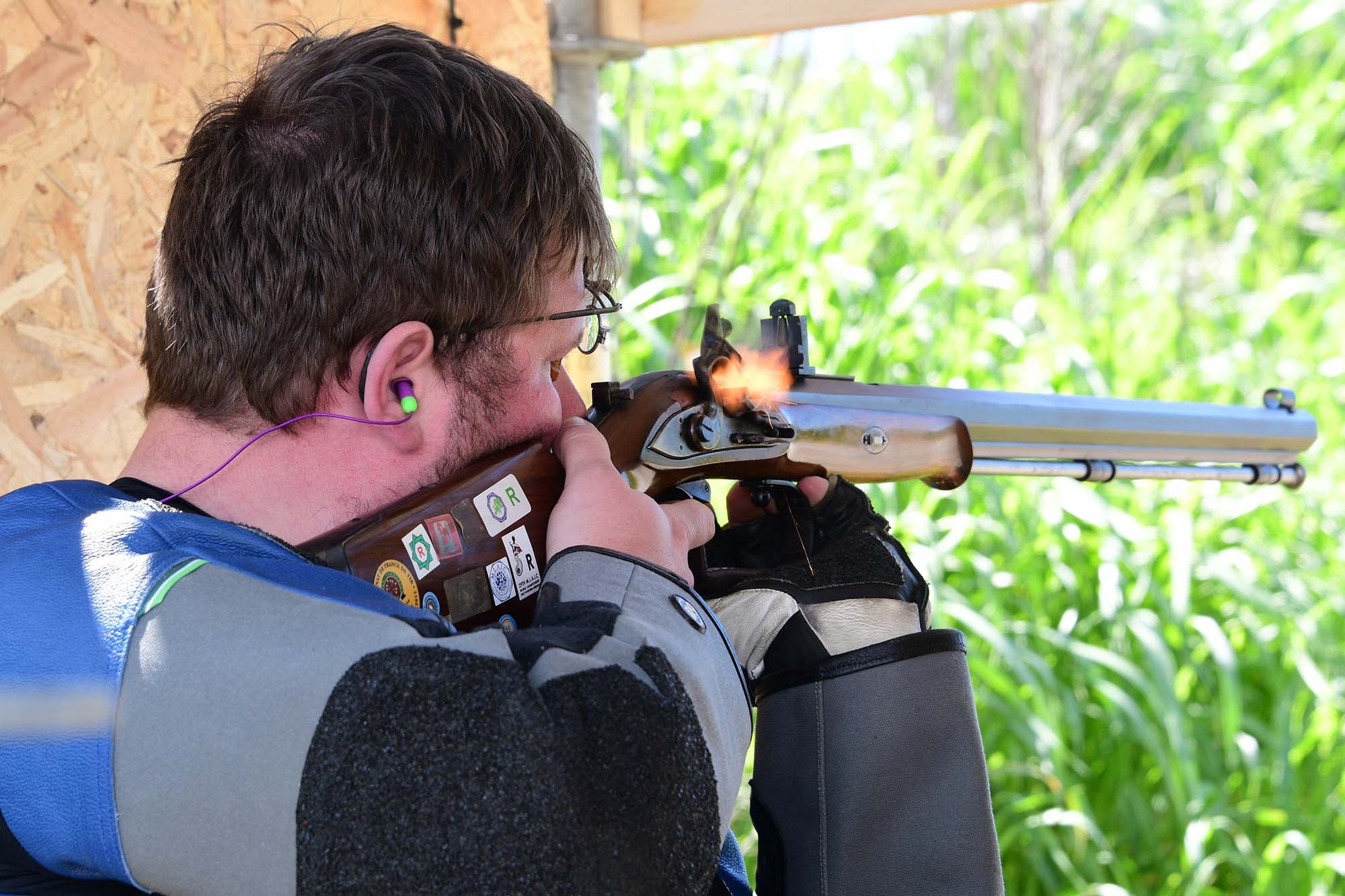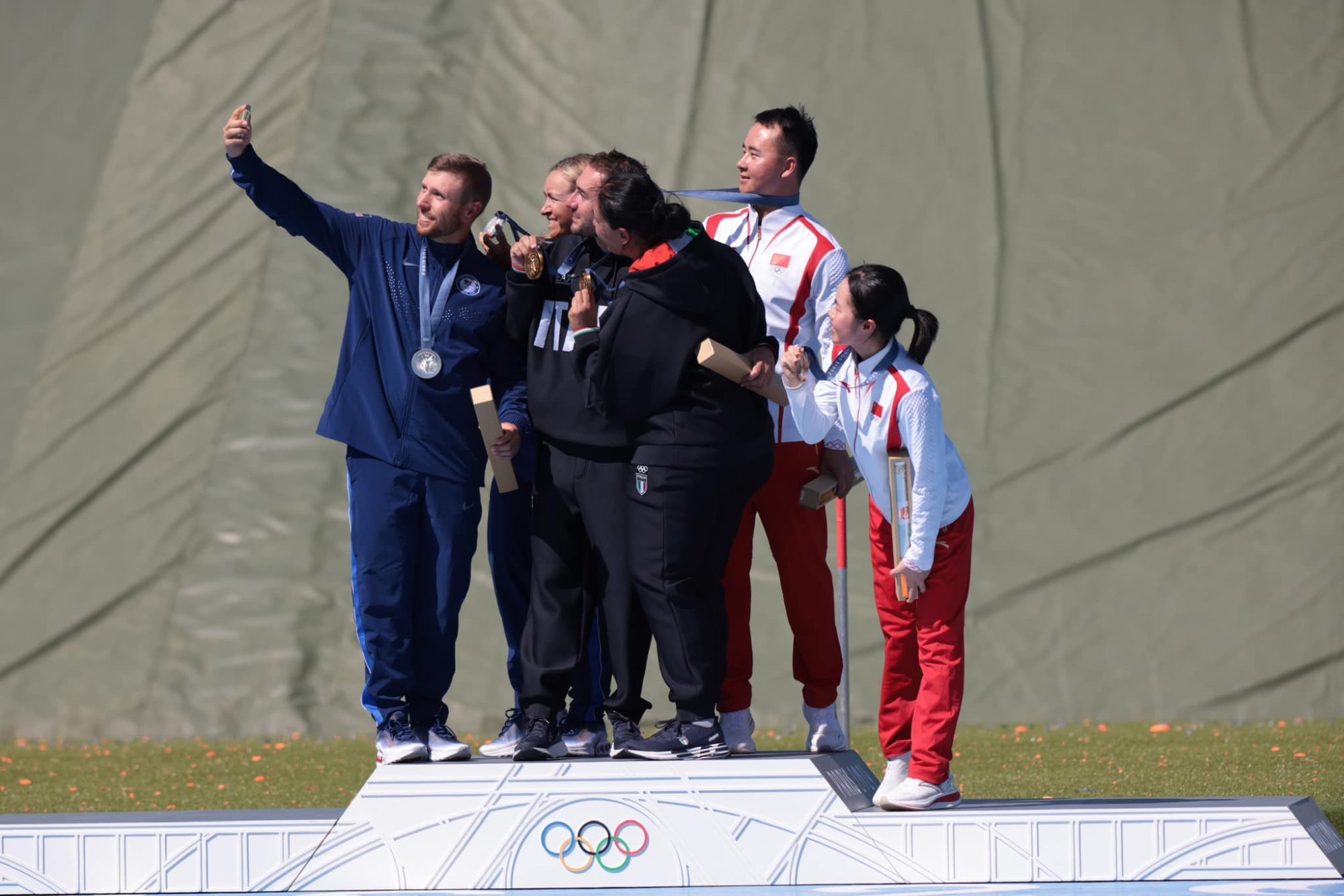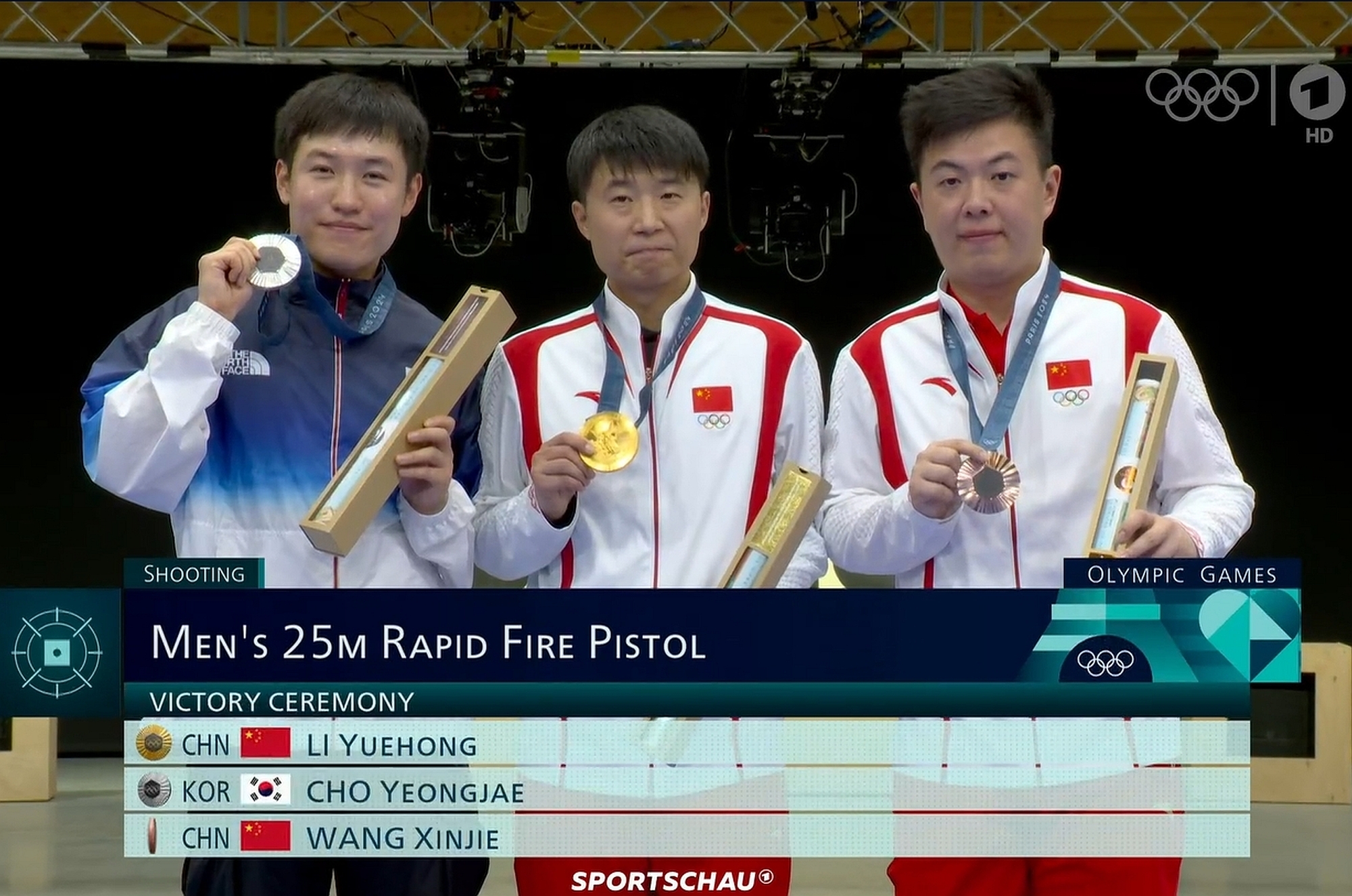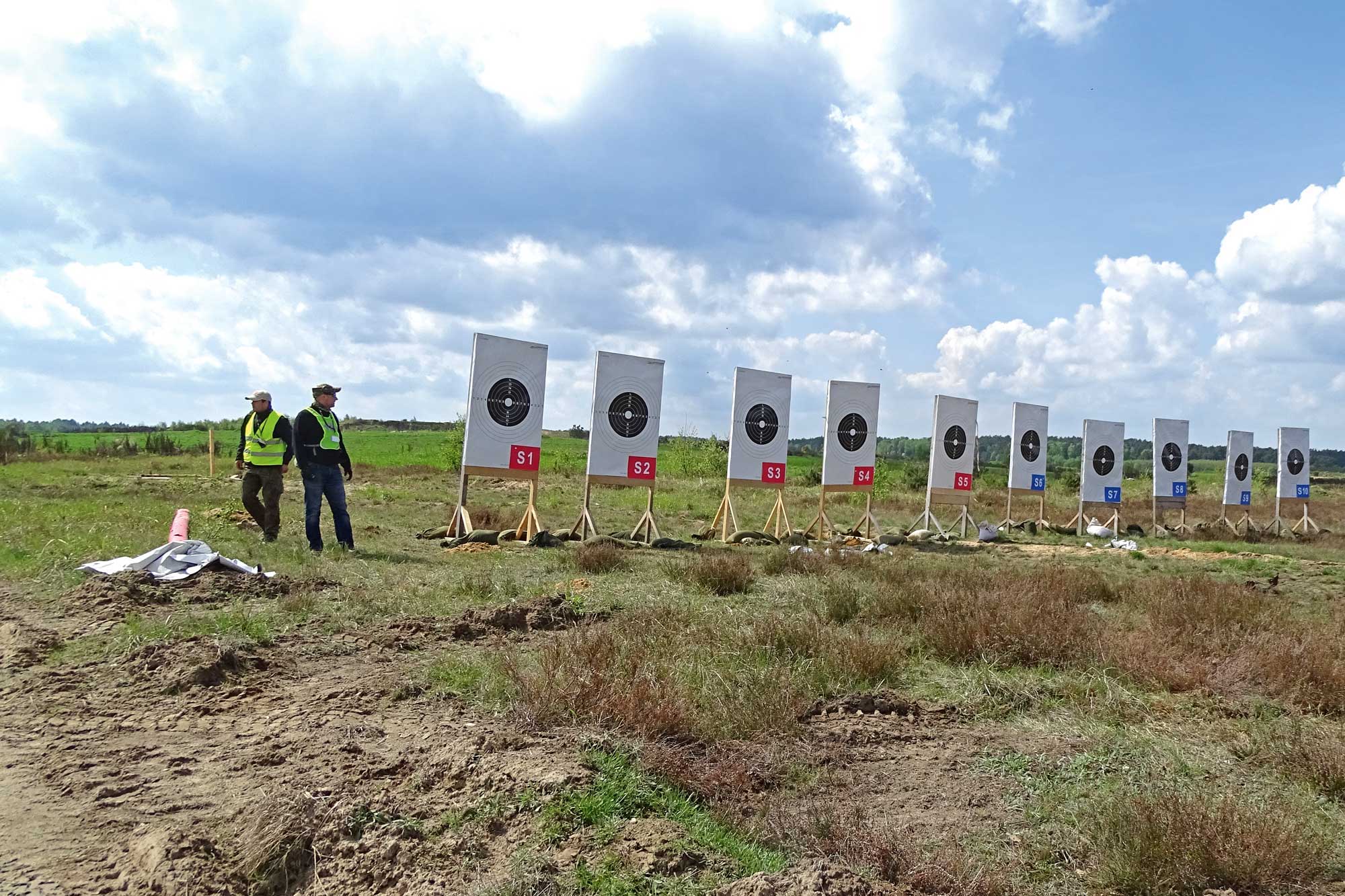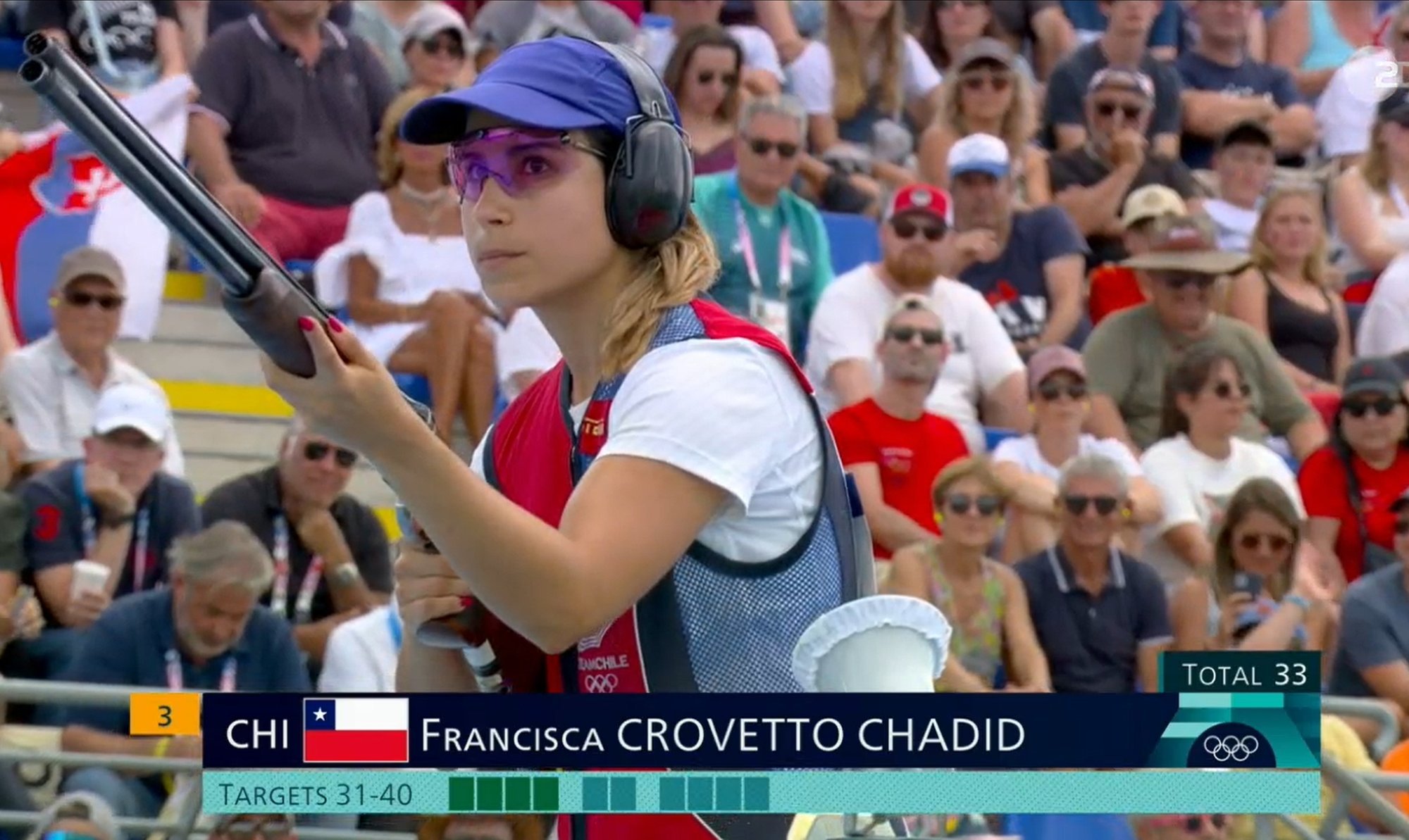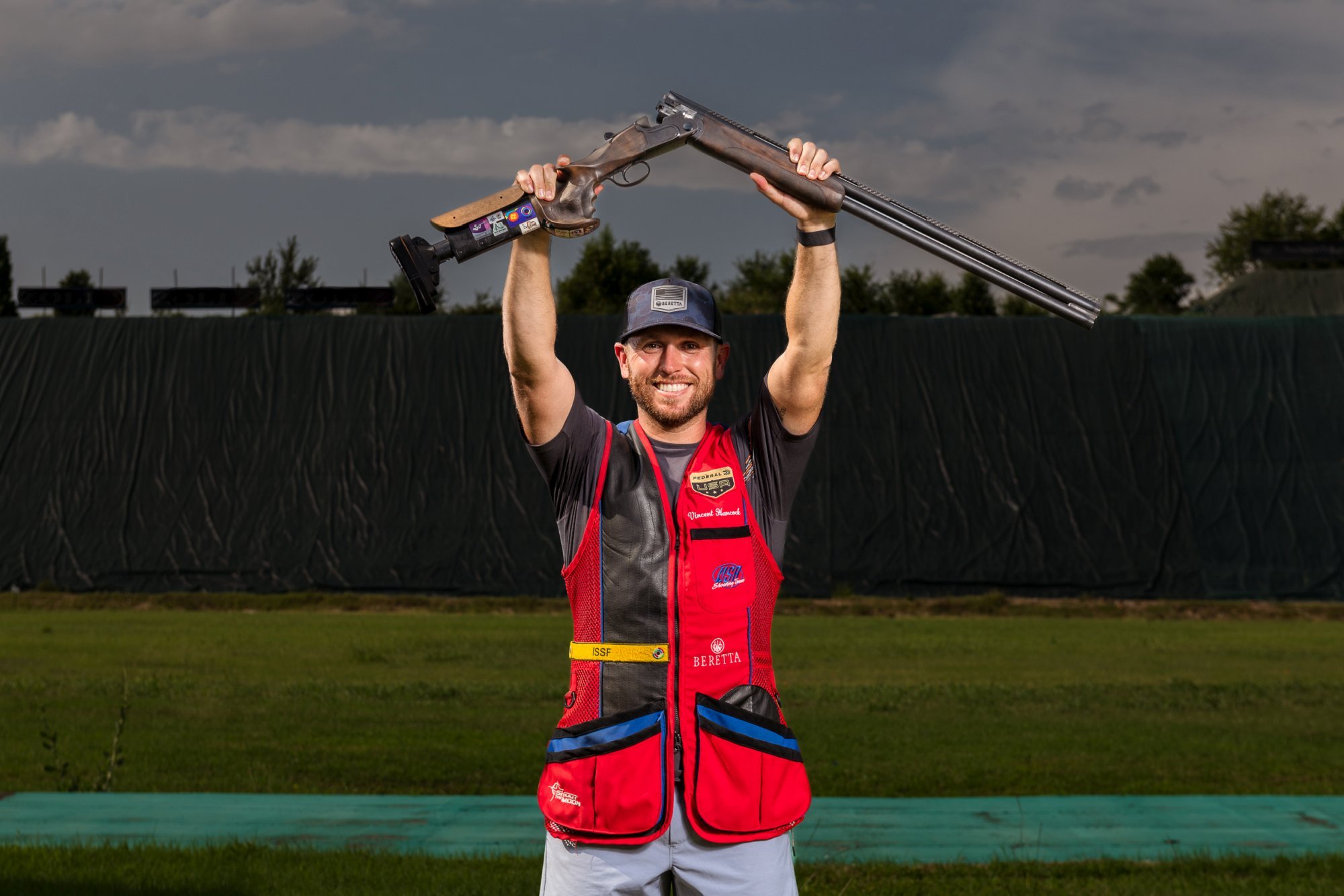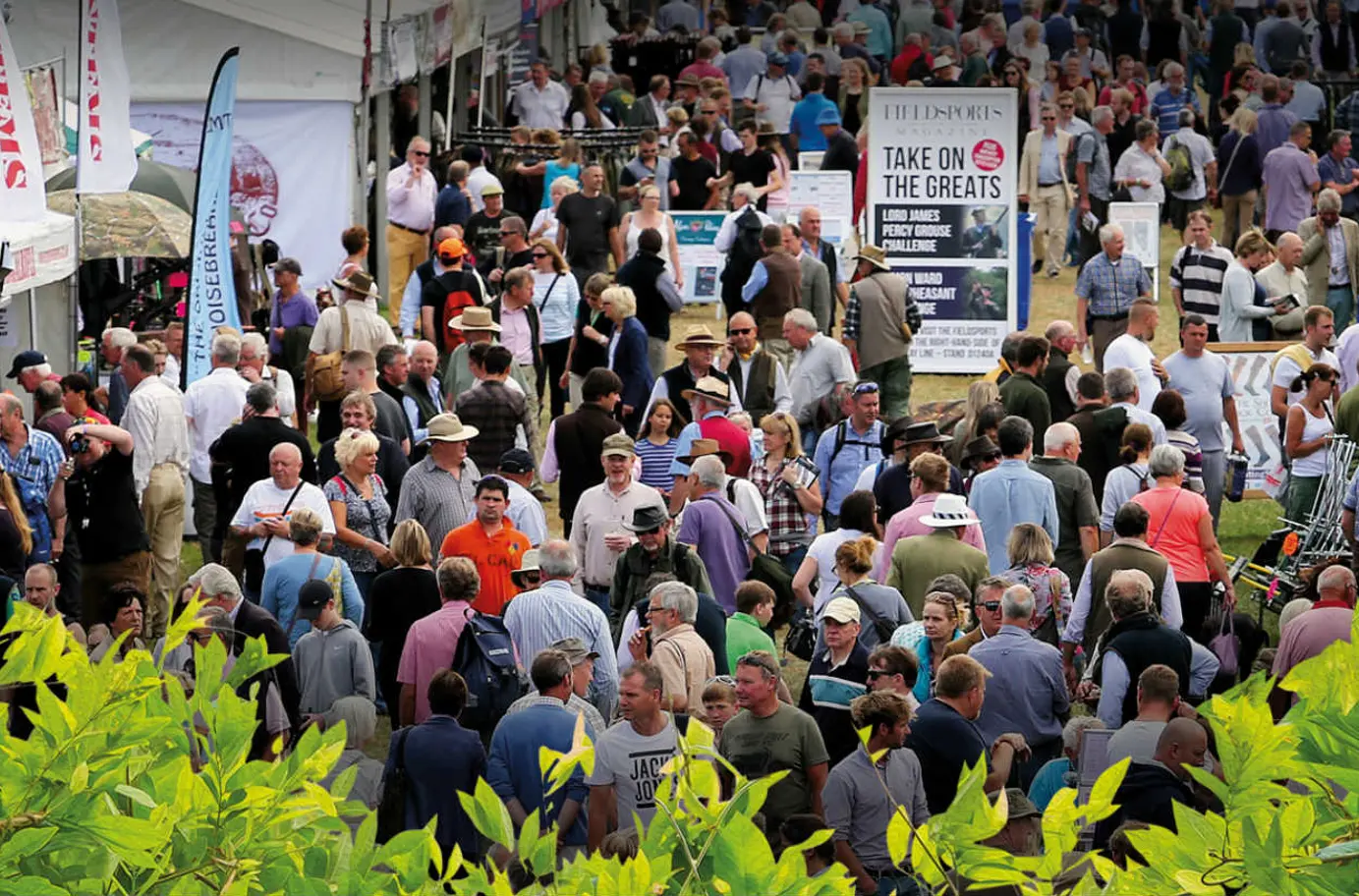From June 6 to 9, around 373 million EU citizens will vote to elect the 720 members of the next European Parliament. Even if abstesionism is on the rise – not without reason, to be fair, since more and more people are disaffected towards EU's technocratic approach and democratic deficit – the European elections will be nonetheless decisive for the future of hunting and conservation in Europe. As the European Federation for Hunting and Conservation (FACE) reminds us, “Currently, eighty percent of the national rules and regulations affecting hunting and conservation today come from Brussels. What’s decided in Brussels also affects non-EU countries and frequently influences how the rest of the world tackles environmental policy issues”.
Biodiversity and rural communities, species declines, large carnivore management and restoring habitats, which bird species can be hunted, what types of firearms and ammunition can be used in the future... These are just some of the policies and issues that the new EU Parliament will decide upon, directly affecting Europe’s 7 million hunters, as well as millions more of sports shooters. (By the way, FACE recommends that European hunters go to the polls fully aware of what your elected politicians and political groups have done during their time in Brussels.)
Here are some of the most “hot” topics that can and will be influenced by the balance of forces in the next European Parliament.
Ban on lead in ammunition
Here on all4shooters/all4hunters.com we have written extensively about this issue. In short, in March 2023 the European Chemicals Agency (ECHA) ECHA published its formal “opinion” for a restriction on lead in ammunition, proposing that the EU should restrict the use of lead ammunition in hunting and sport shooting. This will also affect EEA countries and Northern Ireland. The following restrictions are proposed by ECHA:
Lead shot: Ban on the placing on the market of lead shot together with a ban on its use for hunting. Transitional period of 5 years. However, ECHA’s committees (RAC and SEAC) consider that the proposed 5 years is too long and propose 18 months.
Centerfire lead ammunition for rifles: Ban on the use of lead bullets for hunting (seal hunting and full metal jackets excluded). Transitional period of 18 months.
Rimfire lead ammunition for rifles: Lead rimfire bullets can be used for hunting for 5 years. This transitional period is combined with a review considering whether good alternatives are available before the end of 5 years.
Lead shot in shooting ranges: Ban on the use of lead shot for sport shooting. Transitional period of 5 years. However, a very narrow use of lead shot can continue if shooting ranges have extensive risk management measures in place (for example annual lead recovery of at least 90%).
Rifle shooting in shooting ranges: Ban on the use of lead rifle ammunition for sports shooting. Transitional period of 5 years. Use of lead bullets can continue if ranges have risk management measures in place.
EU “Firearms” Regulation
On 23 April 2024, the European Parliament voted in favour of the recast to the EU Firearms Regulation, officially known as Regulation 258/2012 on import, export and transit measures for firearms, their essential components and ammunition. The text voted on was already agreed upon during the inter-institutional negotiations (the so-called trilogue) between the European Parliament and Council (governments) negotiating teams. The Council is now expected to give a green light to the text in the upcoming weeks.
The new text establishes simplified procedures for EU hunters, sport shooters and historical reenactors travelling outside the EU with their firearms (and ammunition). The novelty is represented by the introduction of a single import authorisation, which is a simplified procedure for hunters, sport shooters, and historical reenactors travelling into the EU with their firearms and ammunition (art.11). This is an important step to ensure that there is a single import authorisation procedure in place, but it is also a missed opportunity for simplification. The requirements for an individual travelling into the EU with firearms can be in fact quite burdensome.
It is important to keep in mind that art. 11.6 gives the power to the European Commission (by means of implementing acts) to specify the minimum requirements of the terms and conditions to be included in the national general authorisations. It remains to be seen how this will impact those Member States where a simplified procedure for non-EU hunters, sport shooters and historical reenactors travelling with their firearms and ammunition is in place.
Protected Areas
At the meeting of the Expert Group on the Birds and Habitats Directives (NADEG) on 14 May, an update was provided on the Member State pledges for reaching the 30% protected area target, including 10% Strictly Protected Areas. Even though the deadline has passed, progress is slow and pledges are still being requested by the European Commission. So far, only 6 Member States have submitted their pledges, with another 2 in the pipeline. Some Member States expressed difficulties in designating strictly protected areas or being able to submit complete information for the pledges.
When submitting pledges for strictly protected areas, Member States must explain why these types of sites qualify as strictly protected areas according to the definition in the Commission Guidance, although there is some confusion on the definitions in these guidelines. It is important that this confusion, real or intentional, does not lead to blanket bans on hunting. The big question is also whether the Commission will consider that progress by Member State progress is insufficient to meet the 2030 targets, and that new EU legislation is needed on protected areas.
Changing the wolf’s protection status
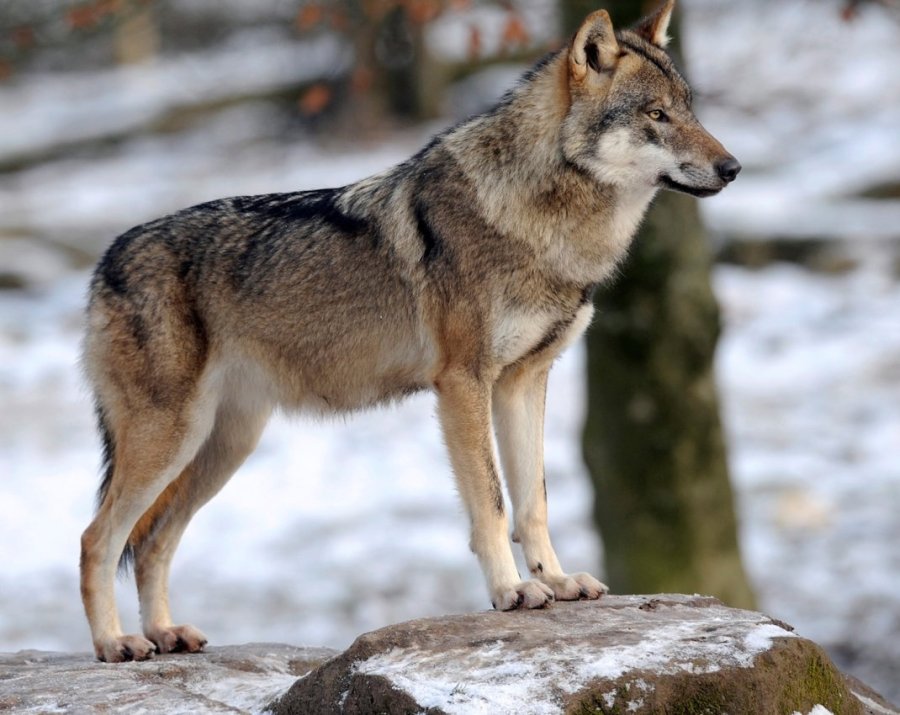
On 20 December 2023, the European Commission proposed to change the international status of wolves from “strictly protected” to “protected” based on new data on increased population and impacts. Changing the wolf’s protection status under the Bern Convention (BC) is a precondition for any future changes under the Habitats Directive. Certainly, Switzerland and some non-EU countries will ask for this change at the next Standing Committee (SC) in December 2024, as they did in previous years. The EU must arrive at the Bern Convention SC with a clear positive position to succeed with this change. If the EU position is negative, then the subject may not be returning to the EU agenda for several years. The third possibility is that the EU arrives at the BC with no decision, which could be preferable to a negative position as it will keep the file open for further discussions. It is important for each FACE Member association to continue to push for a favorable vote.
For more information please visit the FACE website.



